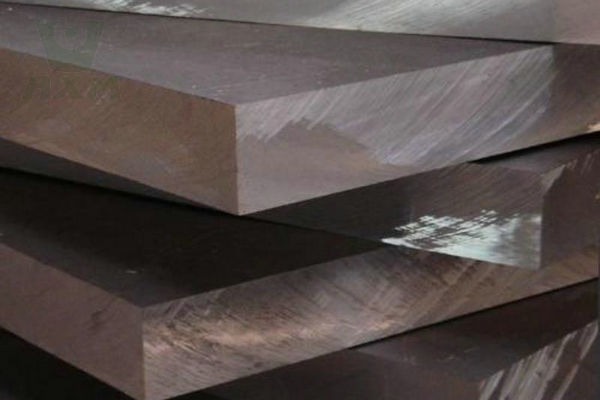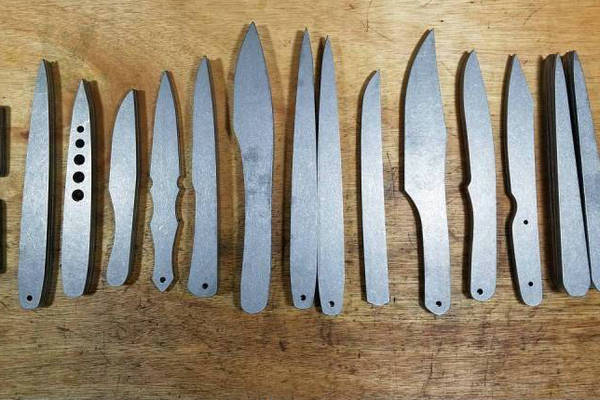What is Tungsten Steel?
What is High Speed Steel?
What Is The Difference Between Tungsten Steel And High Speed Steel?
Different Characteristics
High-speed steel is a tool steel with high hardness, high wear resistance, and high heat resistance. Tungsten steel (tungsten carbide) has a series of excellent properties such as high hardness, wear resistance, good strength and toughness, heat resistance, and corrosion resistance.
Different Compositions
High-speed steel is a complex type of steel, with a carbon content generally between 70% and 65%.
There are certain differences between high-speed steel and tungsten steel in terms of definition, physical and chemical properties, production process, and use. The cutting speed and life of tools made from the latter are higher than those made from the former.
In addition to tungsten steel materials, tools can also be made from high-speed steel materials. However, due to the different chemical composition and production methods of tungsten steel and high-speed steel, the quality of the prepared tools is slightly different.
Composition
Tungsten Steel: The main component is tungsten (W), in addition to carbon (C) and other alloying elements such as cobalt (Co), molybdenum (Mo), and chromium (Cr). Tungsten steel, also often called cemented carbide, is a composite material composed of tungsten and carbide.
High-Speed Steel (HSS): Contains tungsten (W), molybdenum (Mo), chromium (Cr), vanadium (V), and carbon (C). The high content of tungsten or molybdenum enables it to maintain hardness at high temperatures.
Performance
Hardness and Wear Resistance:
Tungsten steel: It has extremely high hardness and wear resistance. It is harder and more wear-resistant than high-speed steel. It is suitable for applications that require extremely high hardness and wear resistance.
High-speed steel: It has higher hardness and wear resistance, but is not as good as tungsten steel. It is suitable for cutting tools that need to maintain hardness at high temperatures.
Thermal Stability:
Tungsten steel: It can maintain its hardness and strength even at high temperatures, usually above 1000°C.
High-speed steel: It can maintain hardness at high temperatures, usually around 600°C.
Toughness:
Tungsten steel: It has extremely high hardness, but low toughness and is easy to break.
High-speed steel: It has high hardness and good toughness and is not easy to break.
Applications
Tungsten steel: It is often used to make tools that require extremely high hardness and wear resistance, such as knives, drills, molds, cutting tools, and abrasives. It is also used to make carbide blades and wear-resistant parts.
High-speed steel: It is mainly used to make various high-efficiency and high-precision cutting tools, such as drills, milling cutters and turning tools. It is also used in applications that need to maintain hardness at high temperatures, such as molds and punches.
Price
Tungsten steel: Due to its high production cost, tungsten steel is more expensive.
High-speed steel: Compared with tungsten steel, it has a lower production cost, so it is cheaper.
Machinability
Tungsten steel: Due to its extremely high hardness, it is difficult to process and requires the use of special equipment and technology.
High-speed steel: Although it has high hardness, it has good machinability and can be processed by conventional processing methods.
Which Material Is Harder: Tungsten Steel, White Steel, High Carbon Steel, High Speed Steel?
Tungsten steel is the hardest, followed by carbon steel and then white steel. White steel is also called high-speed steel, but now there is 3A white steel which is very hard. Carbon steel has high hardness, tungsten steel is heat-resistant, and manganese steel has high toughness.
High-speed steel DM06 hardness HRC6266. High-speed steel DM06 tools can cut steel at a speed of 30 meters per second, and its efficiency is several times higher than the carbon tool steel and alloy tool steel used in the past. The speed and quality of high-speed steel can be used to calculate the hardness of HSS DM06 HRC6266.







